Stranded North Korean workers and merchants who rely on cross-border trade see scant signs that the frontier with China will reopen soon, despite recent trips abroad by leader Kim Jong-Un and the country’s athletes.
The bustling northeastern Chinese city of Dandong has long offered a rare window into isolated North Korea and its trade with Beijing, its largest economic partner and benefactor.
But commerce ground to a halt in January 2020 when North Korea slammed its borders shut to insulate it from COVID-19 — marooning thousands of its citizens overseas.
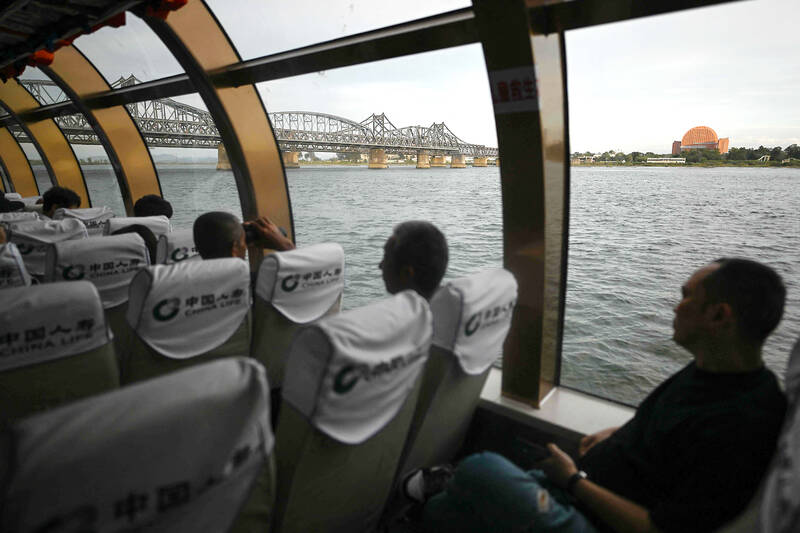
Photo: AFP
Three years on, many have still not returned home.
In Dandong in September, diners at North Korean restaurants tucked into fresh seafood and nodded along to schmaltzy song-and-dance performances.
The entertainers — young women sent to work as waitresses before the pandemic — said they missed home but had not been told when they could return.
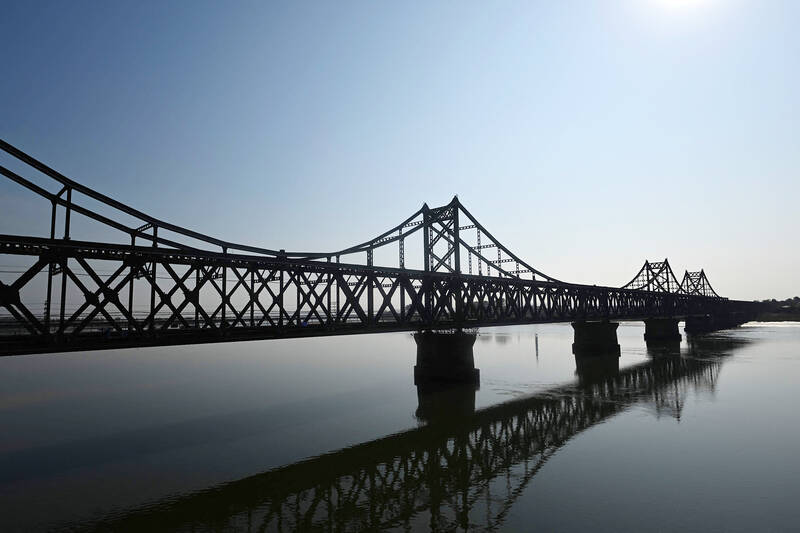
Photo: AFP
“Do you happen to know?” smiled a waitress at an eatery specializing in North Korean craft ale.
Two servers said they had come on “internships.”
UN sanctions prohibit North Korean laborers from working overseas on the grounds that they generate funds for Pyongyang’s nuclear weapons program.
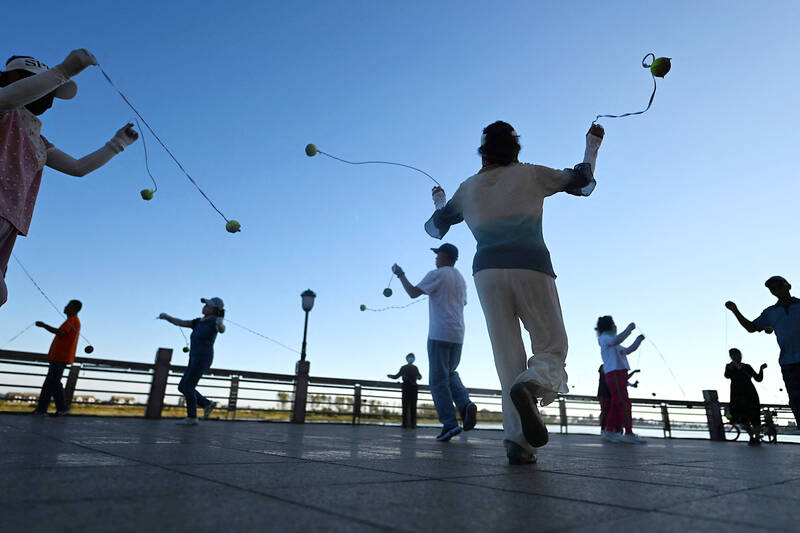
Photo: AFP
But journalists have identified at least 10 restaurants and hotels in three Chinese cities staffed by North Koreans since the start of the year.
Western experts say such workers have virtually no control over their postings, endure miserable living and labor conditions, and have much of their wages confiscated by the North Korean state.
The diners in Dandong were forbidden from filming or photographing the performances.
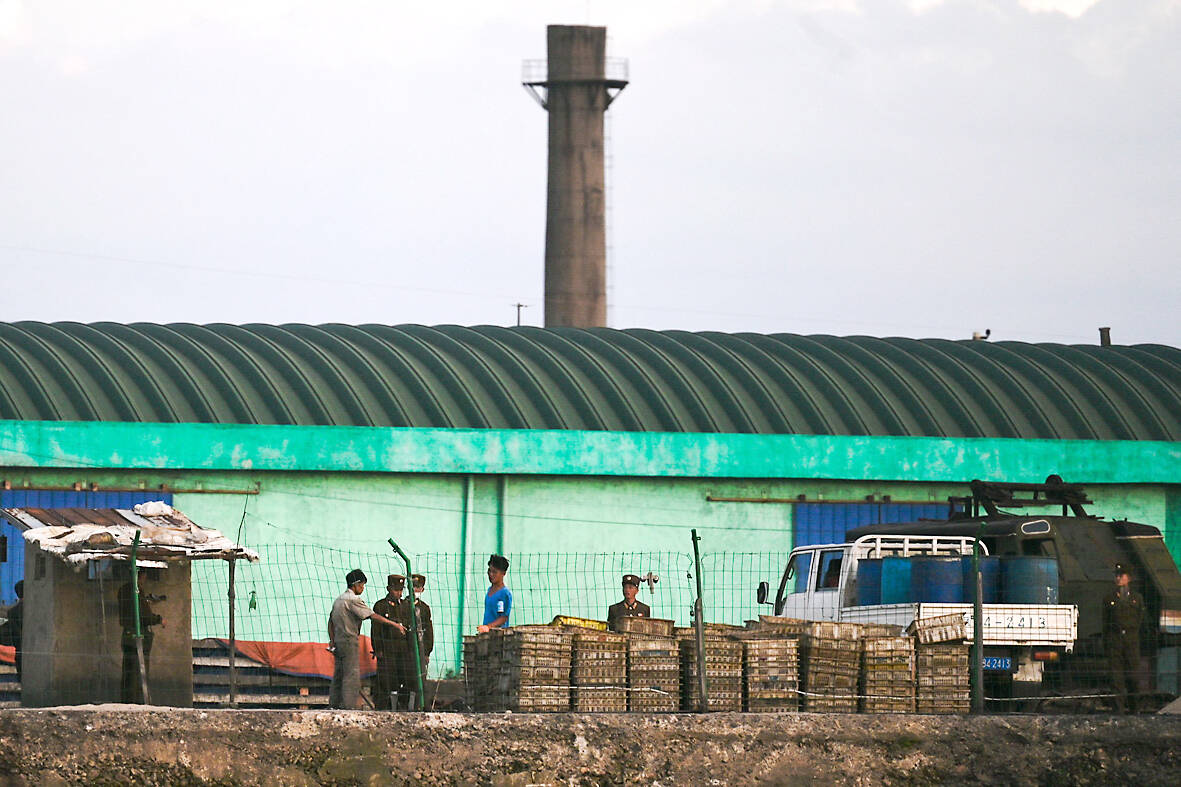
Photo: AFP
Restaurant patrons included at least eight North Korean men, some with red badges bearing their leaders’ portraits pinned to their chests.
One replied in fluent English that he lived in Dandong, but shrugged and walked out when asked about the border reopening.
‘STUCK WAITING’
North Korean athletes are now attending overseas competitions and leader Kim made a rare foreign trip to Russia last month.
But traders in Dandong said they have not seen that openness translate on the ground.
“We have no idea when they’re going to open up,” a Chinese cross-border trader said in a darkened office near the river separating the two countries.
“We’re stuck waiting, with nothing to do except sit around and drink,” another merchant said.
Nearby, dozens of import-export shops stood shuttered or derelict.
Beijing confirmed last year that rail freight with North Korea had resumed.
Reporters in Dandong this month saw a train clank into the North Korean city of Sinuiju at around 7:40am, returning about 45 minutes later.
China’s volume of trade with North Korea has ticked up recently but remains about 30 percent lower than the month before the border closure, according to calculations based on figures from Beijing’s General Administration of Customs.
But traders said restrictions on the movement of people and goods continued to hammer commerce.
“I haven’t done any business from this in over three years,” said an exporter specializing in household electronics.
He said he had pivoted to making clothing for domestic customers after trade and communications with North Korean clients dried up.
His income had fallen by around half compared to before the pandemic.
Traders declined to be identified in order to freely discuss the politically sensitive topic of dealing with North Korea.
Dandong’s customs authority declined to comment on the current state of trade.
WIGS, SEAFOOD AND GINSENG
Doing business with North Korea is fraught, with Pyongyang’s trade in everything from coal and oil to seafood and sporting equipment restricted.
Traders said it had still been possible to conduct limited commerce from China to North Korea in some medical equipment and certain types of clothing.
But the sweeping nature of the sanctions has pushed some into unorthodox ventures.
One merchant advertising wigs and fake eyelashes said he sent raw materials for processing in North Korea before reimporting finished hairpieces for sale.
Human rights groups and defectors say the hair market employs prisoners from the country’s detention centers.
Other traders hinted that certain types of under-the-table commerce were also possible.
One at a Dandong night market touted North Korean seafood, saying Chinese fishermen often raided their waters for “fresher, higher-quality” produce.
Another shopkeeper said he had “channels” for importing the ginseng lining his shelves, “but what those channels are, I won’t say.”
A brighter spot appears to be tourism — restricted to the Chinese side for now.
Several Chinese travel agents in Dandong said domestic tourists were finally rebounding after years of virus curbs crippled internal travel.
Two tour operators geared towards Western visitors said they had not received an official notice but were quietly confident about a reopening next year.
“There are positive signs,” said Simon Cockerell from travel firm Koryo Tours, stipulating that he didn’t see a reason to “get over-excited just yet.”
Before the pandemic, North Korea welcomed thousands of tourists every year.
On a boat along Dandong’s river, around 30 people gazed at Sinuiju’s rusty docks, smokestacks and near-empty roads.
A guide declared that North Korean authorities had not allowed most of the city’s residents to work near the water since the pandemic for fear of contagion.
“It’s just like China in the 1970s or ‘80s,” she told the crowd.
“Very backward.”
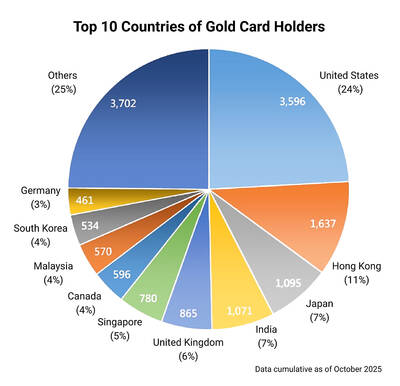
Seven hundred job applications. One interview. Marco Mascaro arrived in Taiwan last year with a PhD in engineering physics and years of experience at a European research center. He thought his Gold Card would guarantee him a foothold in Taiwan’s job market. “It’s marketed as if Taiwan really needs you,” the 33-year-old Italian says. “The reality is that companies here don’t really need us.” The Employment Gold Card was designed to fix Taiwan’s labor shortage by offering foreign professionals a combined resident visa and open work permit valid for three years. But for many, like Mascaro, the welcome mat ends at the door. A
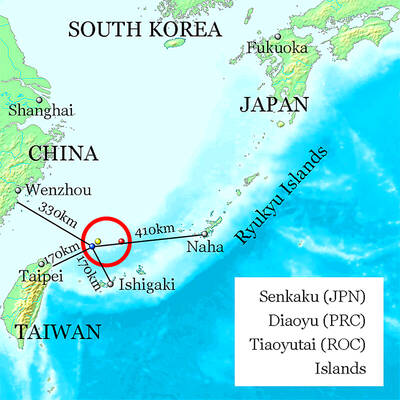
Last week gave us the droll little comedy of People’s Republic of China’s (PRC) consul general in Osaka posting a threat on X in response to Japanese Prime Minister Sanae Takaichi saying to the Diet that a Chinese attack on Taiwan may be an “existential threat” to Japan. That would allow Japanese Self Defence Forces to respond militarily. The PRC representative then said that if a “filthy neck sticks itself in uninvited, we will cut it off without a moment’s hesitation. Are you prepared for that?” This was widely, and probably deliberately, construed as a threat to behead Takaichi, though it

If China attacks, will Taiwanese be willing to fight? Analysts of certain types obsess over questions like this, especially military analysts and those with an ax to grind as to whether Taiwan is worth defending, or should be cut loose to appease Beijing. Fellow columnist Michael Turton in “Notes from Central Taiwan: Willing to fight for the homeland” (Nov. 6, page 12) provides a superb analysis of this topic, how it is used and manipulated to political ends and what the underlying data shows. The problem is that most analysis is centered around polling data, which as Turton observes, “many of these
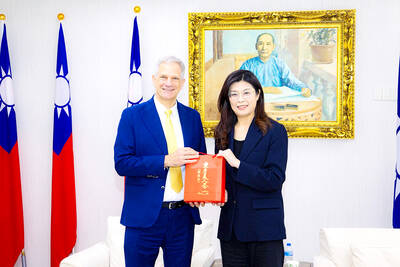
Since Cheng Li-wun (鄭麗文) was elected Chinese Nationalist Party (KMT) chair on Oct. 18, she has become a polarizing figure. Her supporters see her as a firebrand critic of the ruling Democratic Progressive Party (DPP), while others, including some in her own party, have charged that she is Chinese President Xi Jinping’s (習近平) preferred candidate and that her election was possibly supported by the Chinese Communist Party’s (CPP) unit for political warfare and international influence, the “united front.” Indeed, Xi quickly congratulated Cheng upon her election. The 55-year-old former lawmaker and ex-talk show host, who was sworn in on Nov.